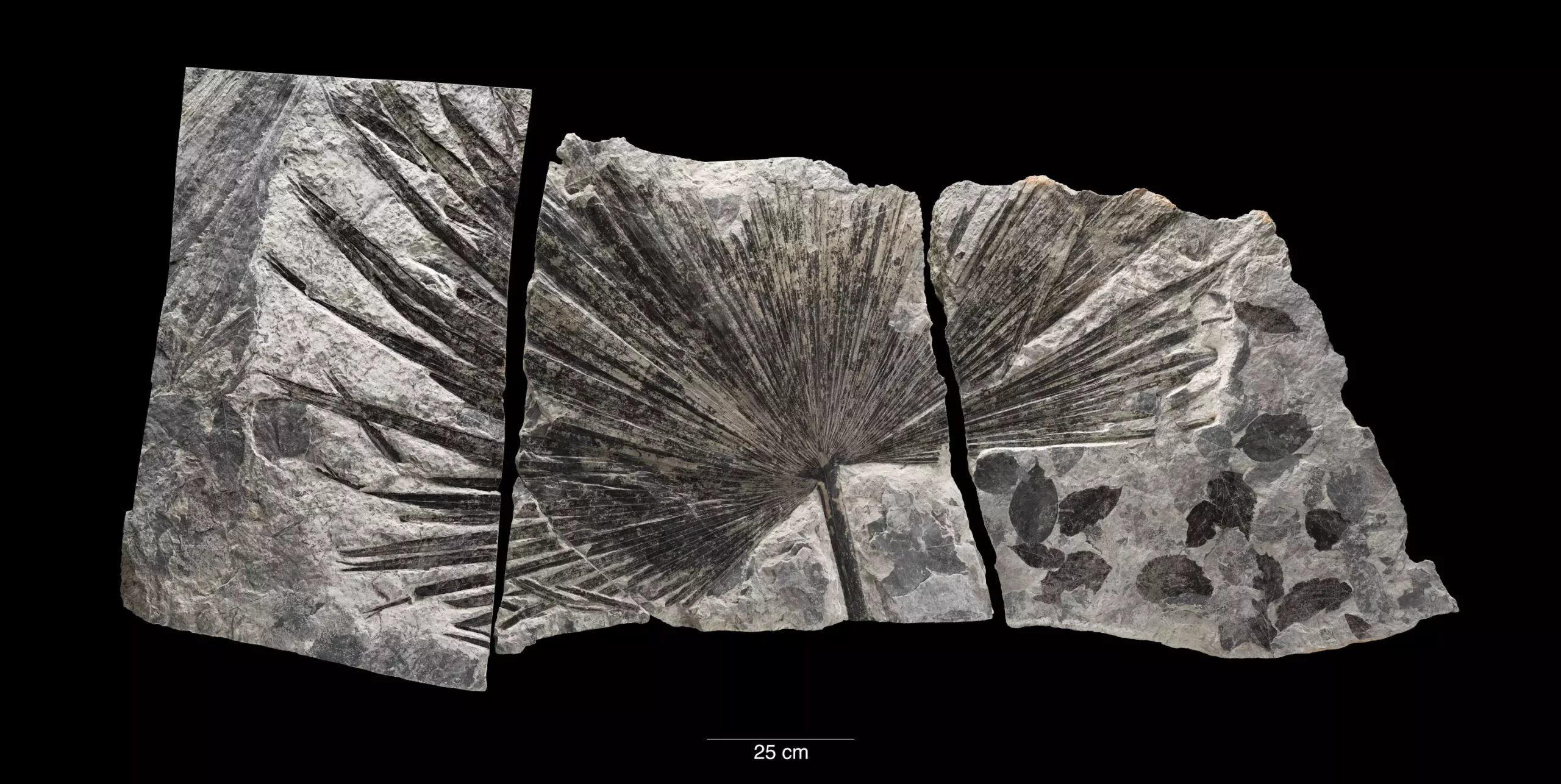The study of Earth’s historical climate has taken a significant leap forward, thanks to a collaborative effort between the Smithsonian Institution and the University of Arizona. Their latest research, published in *Science*, provides an unprecedented look at the fluctuations in Earth’s surface temperature spanning the last 485 million years. This major undertaking not only deepens our understanding of how global temperatures have varied over geological time but also relates these changes to current climate patterns and challenges.
This new temperature curve illuminates a critical aspect of Earth’s climate history—the degree of variability throughout the Phanerozoic Eon, which is notable for the evolution and extinction of countless life forms. Utilizing advanced data assimilation techniques, the researchers synthesized geological records and climate models to construct a more comprehensive understanding of ancient climates. This refined approach helps identify correlations between atmospheric carbon dioxide levels and temperature fluctuations, underscoring CO2’s dominant role in dictating Earth’s thermal conditions over vast time scales.
Emily Judd, the lead researcher of this project, remarked on the innovative application of data assimilation, originally designed for weather forecasting, to reconstruct ancient climates. Through this methodology, scientists can retrospectively analyze climatic conditions rather than solely predicting future trends. This insight is crucial for contextualizing the rapid climate changes that our planet faces today.
Understanding Global Mean Surface Temperature Fluctuations
The newly developed temperature curve revealed more extensive variation in Earth’s global mean surface temperature (GMST) than previously documented. The temperature has oscillated within a range of 52 to 97 degrees Fahrenheit (11 to 36 degrees Celsius) throughout the Phanerozoic. Notably, periods of extreme warmth were consistent with peaks in atmospheric CO2 levels, reinforcing the understanding that greenhouse gases play a pivotal role in climate dynamics. Jessica Tierney, a co-author on the study, stated, “This research illustrates clearly that carbon dioxide is the dominant control on global temperatures across geological time.”
In contrasting Earth’s current GMST of 59 degrees Fahrenheit (15 degrees Celsius) with ancient benchmarks, the research indicates that we are currently in a cooler state relative to much of the last 540 million years. However, the rate of warming induced by human activities today far exceeds any natural historical warming period, raising alarming concerns for biodiversity and ecosystem stability.
The implications of this study extend beyond academic curiosity; they are vital for understanding contemporary climate change. Rapid rises in greenhouse gas emissions echo past events that led to mass extinctions, suggesting a precarious future for many species, including humans. Tierney highlighted the evolutionary adaptations of life on Earth in relation to a cooler climate and warned of the dangers of hastily thrusting ecosystems into a warmer future.
The expedited warming of our planet poses unprecedented challenges, including accelerated sea-level rise and its ramifications for human settlements and wildlife alike. By placing current climate crises in the context of past climate events, this research underscores the importance of historical data in informing our responses to looming threats.
Despite the comprehensive nature of this study, researchers acknowledge that there is still much to learn about Earth’s climate history. The intrinsic difficulties posed by the fragmentary nature of the fossil record mean that the temperature curve is not the final word on this subject. Paleobiologists Wing and Huber, along with their team, established the PhanTASTIC project to further refine and enhance the understanding of climatic trends through ongoing collaborative efforts.
With the potential for future discoveries to reshape our understanding of deep-time climate dynamics, the team is committed to updating their findings as new evidence comes to light.
The collaborative research by the Smithsonian and the University of Arizona signifies a landmark advancement in the field of paleoclimatology. By accurately mapping Earth’s temperature changes over a span of 485 million years, scientists are better positioned to grasp the complexities of past climates and draw critical parallels with today’s climate challenges. As the study reveals the intricate relationships between carbon levels, temperature, and mass extinctions, it compellingly argues for a more profound comprehension of historical climate patterns—an essential tool for navigating our planet’s future sustainability.


Leave a Reply